CSR/ENVIRONMENT
- TOP
-
CSR/ENVIRONMENT
Sustainability
Himeji Rika, as a corporate citizen, recognizes the importance of coexisting with society and local communities, and is promoting its own social contribution activities, considering what we can do for society as a company.
Initiatives in the field of sports
We support sports and artistic activities that uplift and inspire people.
・World Heritage Himeji Castle Marathon (sponsorship and parking provided)
・Aizuwakamatsu City Tsurugajo Half Marathon
・Sponsorship of the “Victorina Himeji” volleyball team in Himeji City, Hyogo Prefecture

Community Involvement and Support
We actively sponsor local festivals and events to revitalize the communities where our plants and offices are located.
・Yumemae Furusato Festival
・Autumn festival for neighboring municipalities etc

Environmental Activities
We have also acquired ISO 14001 certification, the international standard for environmental management systems.
We will continue to further promote our environmental activities.
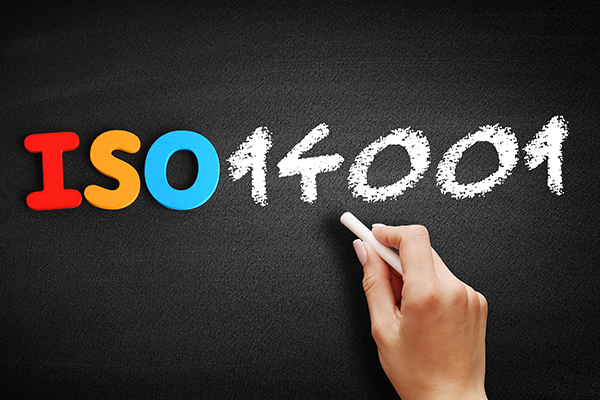
Environmental policy
Basic Philosophy
Himeji Rika Corporation recognizes that environmental problems are an important issue common to all humankind, and we will work to reduce our environmental impact in order to maintain it in a healthy state and pass it on to future generations, and we will work to preserve the global environment and contribute to society.
Basic policy
1. Recognizing the relationship between our corporate activities (manufacturing of lamp bulbs for various types of lighting and quartz products for physical and chemical glass and semiconductors) and environmental impact, we will make efforts to reduce the environmental impact of our products and services through technological innovation.
We will set environmental objectives and targets to the extent technically and economically feasible, and place emphasis on the following items, making them known to all employees. We will strive to reduce the environmental impact of our business activities by continuously improving our environmental management system, and to prevent pollution by appropriately treating and discharging wastewater from wastewater treatment facilities and oil-water separation wastewater, taking biodiversity into consideration.
(1) Quantify environmental improvements
View environmental improvement as a part of business improvement and check the results by quantifying them.
(2) Effective use of resources used
As part of our efforts to use resources sustainably, we treat raw materials used in our products, propane gas, oxygen, hydrogen, and nitrogen, carefully as natural resources, and as part of our efforts to mitigate climate change and adapt to climate change, we strive to reduce electricity consumption, improve the efficiency of resource and energy use, and reduce C02 emissions.
(3) Reduction of waste generated
Reduce the waste rate by promoting yield reduction and effective use of materials in the manufacturing process, and recycle waste generated in the manufacturing process as recyclable resources.
2. Comply with applicable laws, ordinances, regulations, and other requirements to which we agree that relate to environmental aspects, and strive to consider local residents, stakeholders, and others.
3. Establish an environmental quality assurance system to comply with the RoHS Directive, REACH Regulation, and customer requirements regarding chemical substances contained in products.
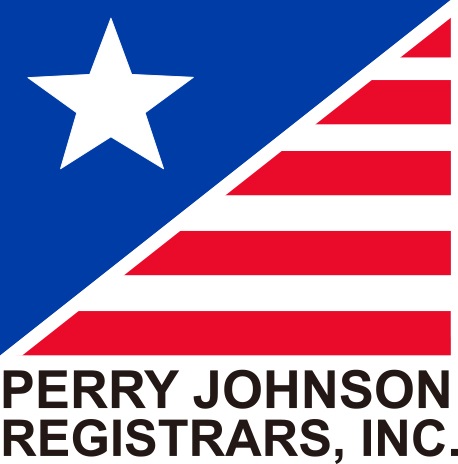
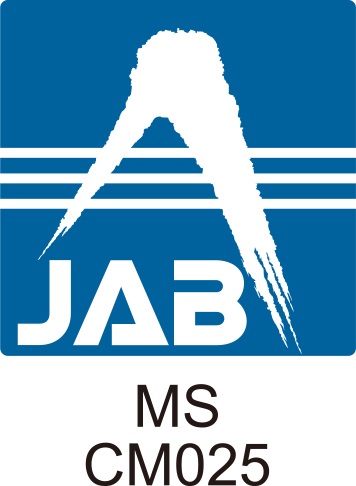
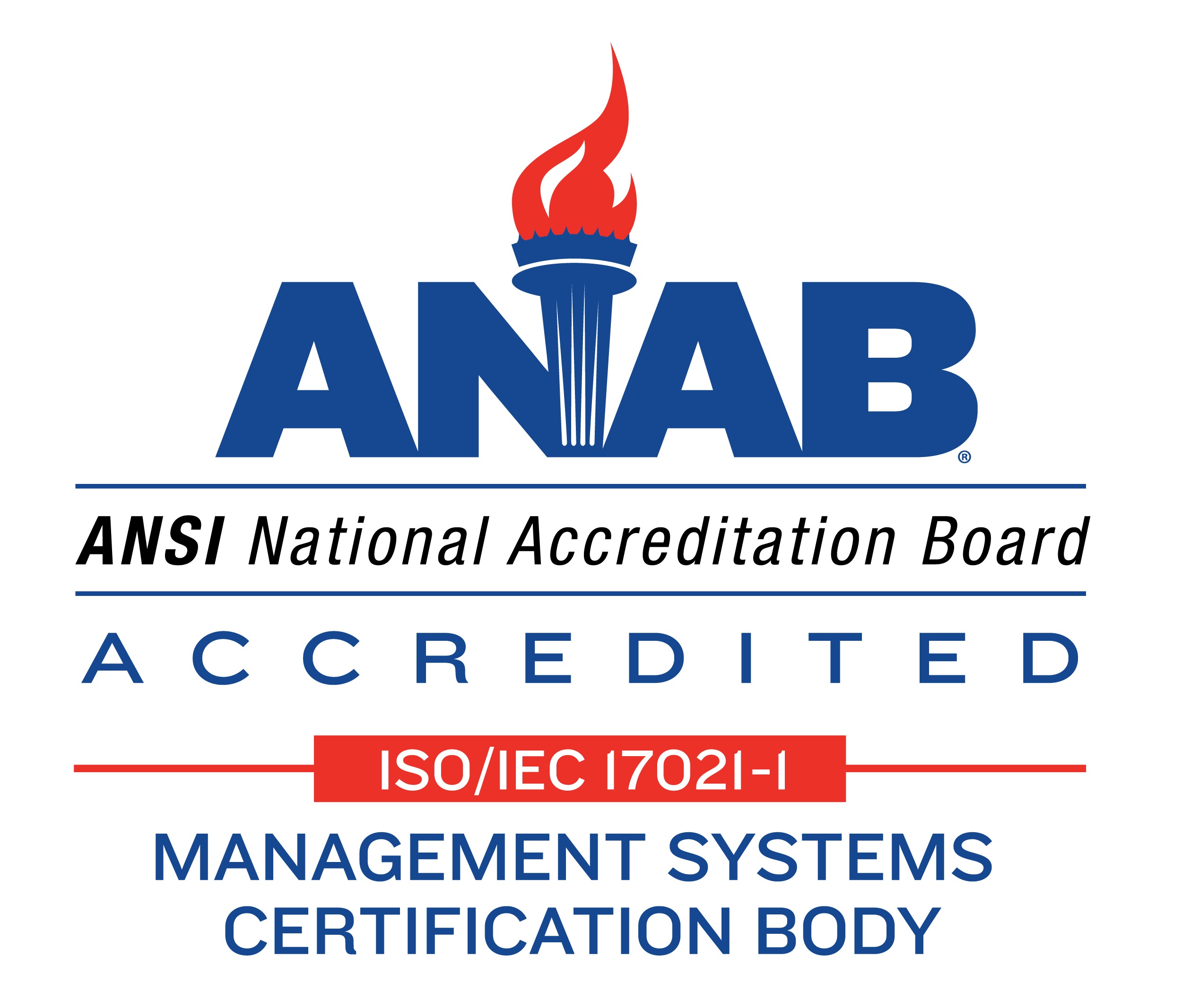
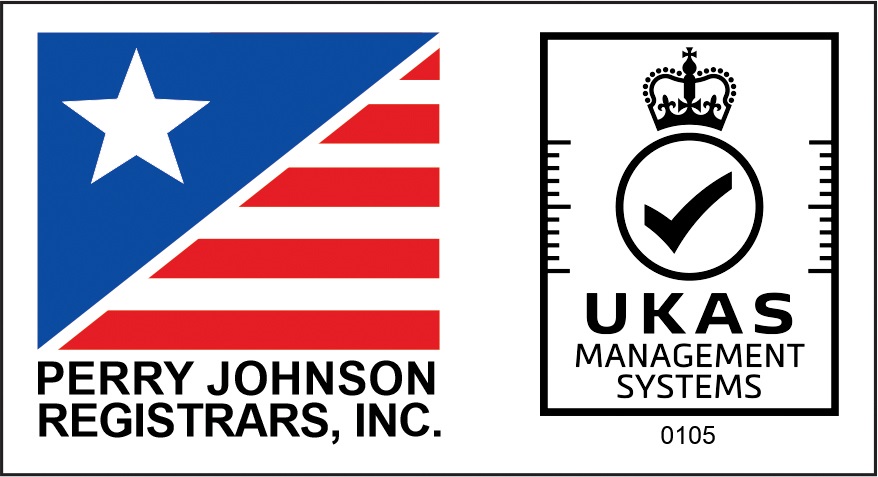

Certification range
| Himeji plant | March-2002 ISO9001 certified May-2004 ISO14001 certified |
|---|---|
| Aizumamiya plant | March-2015 ISO9001 certified March-2015 ISO14001 certified |
| Aizumonden plant | April-2021 ISO9001 certified April-2021 ISO14001 certified |
Environmental Objectives
To promote resource and energy conservation by pursuing efficient production technology and reducing the environmental impact at each stage of the manufacturing process, use of main materials (quartz glass) and auxiliary materials (packaging materials), and disposal.
Environmental Targets
Set resource targets for each fiscal year and strive to achieve them.
(1) Ratio of electricity, propane gas, oxygen, hydrogen, and nitrogen consumption to processing sales.
(2) Ratio of industrial waste (glass waste and waste plastics) to processing sales.
